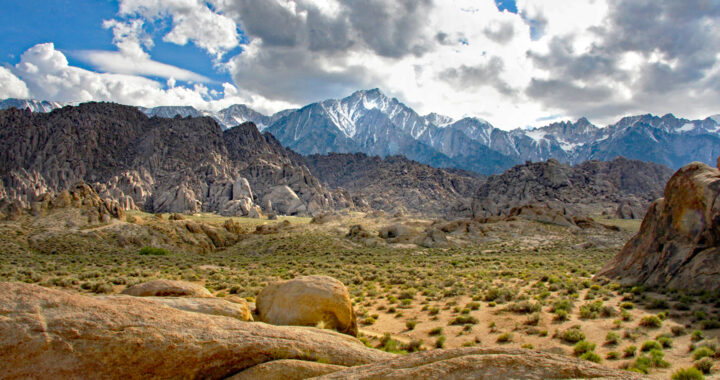Findings from a study published on 1 October 2025 in Science Advances have indicated that the glaciers in the Sierra Nevada in California are nearing complete disappearance. The paper further warned that if current trends continue, these ancient ice masses could vanish entirely within this century, marking an event unseen in human history.
Reconstructing Millennia of Ice: The Final Retreat of Glaciers in the Sierra Nevada in California
Background
Researchers led by Andrew G. Jones conducted a series of field expeditions between 2018 and 2023 to assess the longevity and retreat of several Sierra Nevada glaciers. These expeditions focused on glaciers located near Yosemite National Park and surrounding peaks where the evidence of continuous ice presence spans thousands of years.
To determine the age and persistence of these glaciers, advanced cosmogenic isotope dating techniques were used. By analyzing isotopes such as beryllium-10 and in-situ carbon-14 found in bedrock and moraine boulders, they reconstructed how long these surfaces had been exposed to cosmic radiation, revealing periods of ice cover and exposure over millennia.
Researchers were able to detect whether certain surfaces had been continuously shielded by ice or alternately exposed and buried. Through careful calibration and laboratory analysis, they discovered that some glaciers had remained intact throughout the entire Holocene epoch. This confirmed that modern warming is driving an unparalleled phase of ice retreat.
Key Findings
The results present both geological and climatic evidence demonstrating not only the exceptional persistence but also the rapid decline of Sierra Nevada glaciers. These provide a comprehensive view of how these mountain ice bodies have responded to natural and anthropogenic changes over time. The following are further details of the key findings:
• Continuous Ice Coverage: Cosmogenic isotope data revealed that 2 of the largest glaciers remained continuously covered by ice for approximately 11700 years. This uninterrupted cover throughout the Holocene suggests that the glaciers survived previous warm phases that were less intense than current climate conditions.
• Historical Observations of Decline Photographic evidence and written records dating back to the late 19th century, including accounts by John Muir, show that these glaciers were substantially larger. Modern measurements indicate that some have lost more than 90 percent of their volume since the 1800s.
• Estimated Disappearance: Climate projections using an intermediate warming scenario estimate that most Sierra Nevada glaciers will vanish before the year 2100. This could occur even earlier under high-emission trends and will result in a mountain range devoid of glacial ice for the first time in modern history.
Implications
The disappearance of glaciers in California carries hydrological consequences. Glacier meltwater during later summer and autumn supplements snowmelt to sustain streams in headwaters such as the Tuolumne River basin. Some alpine streams may dry completely once the glaciers vanish. This will threaten aquatic ecosystems and water supplies for downstream communities.
Moreover, the loss of glacial melt will reshape fragile alpine habitats that depend on consistent cold-water input. Species adapted to icy runoff, including certain insects and amphibians, may face habitat loss and population decline. The absence of summer meltwater will also affect vegetation patterns, soil moisture, and nutrient cycling across high-elevation landscapes.
The findings emphasize the speed and scale of climate-driven issues in California. Scientists note that the Sierra Nevada may soon experience a glacial absence not witnessed since before the Holocene epoch. This underscores the urgency for global emission reductions to slow regional warming and preserve what remains of these ancient and important glaciers.
FURTHER READING AND REFERENCE
- Jones, A. G., Marcott, S. A., Shakun, J. D., Lifton, N. A., Gorin, A. L., Hidy, A. J., Zimmerman, S. R. H., Stock, G. M., Kennedy, T. M., Goehring, B. M., and Caffee, M. A. 2025. “Glaciers in California’s Sierra Nevada are Likely Disappearing For the First Time in the Holocene.” Science Advances. 11(40). DOI: 1126/sciadv.adx9442





